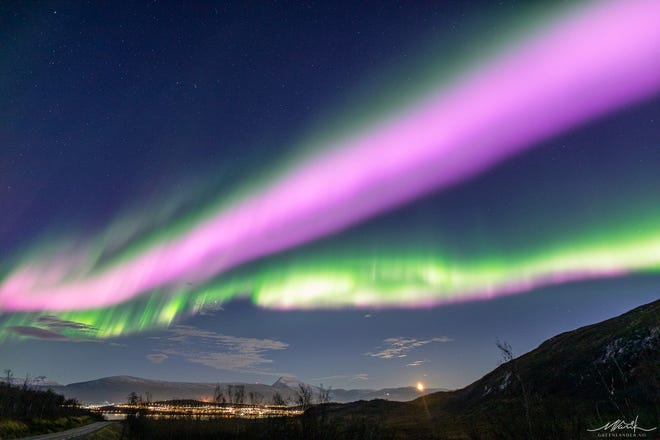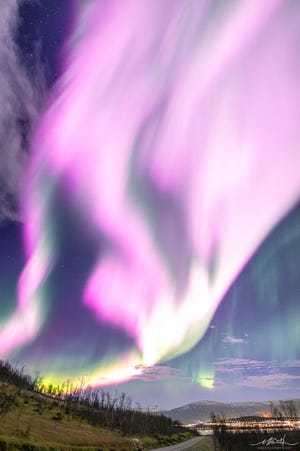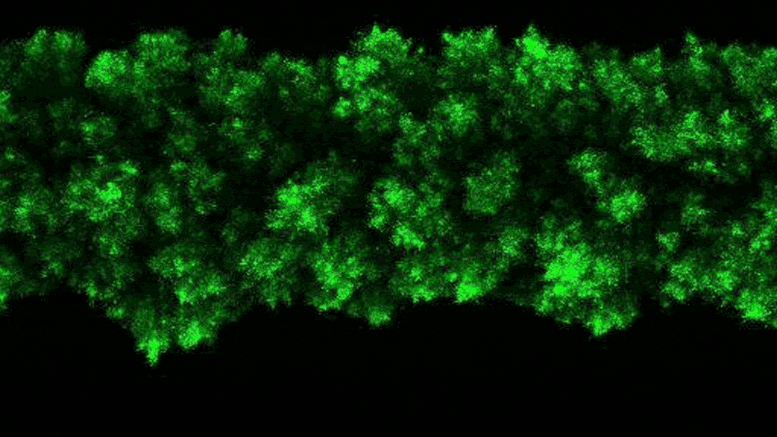
CTV News Edmonton
Updated Nov. 18, 2022
There was an eruption of laughter amongst First Nations people Friday at an Edmonton hotel when a panel of Chiefs was asked about Alberta's premier claiming to have Indigenous heritage.
Danielle Smith has spoken publicly about her Cherokee roots as far back as 2012, and in September she wrote in a tweet that she is "someone with indigenous (sic) ancestry."
But an investigative report published by the Aboriginal People's Television Network (APTN) this week found no records to back her claims, and Smith refused to provide any evidence, or even restate her claims, Friday.
"Premier Smith has heard about her heritage from her loved ones. Her family has spoken for years about their ancestry and she is proud of her family history. The Premier hasn’t done a deep dive into her ancestry but is proud of her roots," her spokesperson wrote.
RELATED STORIES
‘Zero recollection of that event’: Calgary city councillor responds to online video mocking Indigenous culture, women
CTV News Edmonton asked several Chiefs about the situation at a joint press conference hosted by Treaty 6, 7 and 8 where leaders gathered to speak out against Smith's plans for a sovereignty act.
"I think (she) should go to the pink palace here, the Canada office," Treaty 8 Grand Chief Arthur Noskey said with a chuckle.
Edmonton's Canada Place building houses an office of Indigenous Services Canada.
"They're the ones that have that category of which bloodline you are and maybe she can find herself there. Maybe then we'll believe."
Smith's September claim came after a contractor on her United Conservative Party leadership campaign team was fired for "offensive and entirely unacceptable" recordings of him mocking Indigenous people.
my campaign to immediately terminate any contract or other dealings with the involved company.
As someone with indigenous ancestry, I honour the heritage of Canada’s Indigenous Peoples as one of our nation’s and province’s greatest treasures and strengths. /2— Danielle Smith (@ABDanielleSmith) September 28, 2022
"As someone with indigenous (sic) ancestry, I honour the heritage of Canada’s Indigenous Peoples as one of our nation’s and province’s greatest treasures and strengths," Smith wrote.
Chief Tony Alexis, from the Alexis Nakota Sioux Nation west of Edmonton, spoke about how people falsely claiming Indigenous heritage has become a problem.
"What we're realizing is that anybody wants to be a part of that Indigenous community if there's a benefit," Alexis said.
"At the university level we have people who are not Indigenous who claim that they are Indigenous to gain benefits to gain bursaries. There's always something behind it."

Chief Alexis and others are calling on Smith to stop the sovereignty act and consult with Indigenous people. He suggested the legislation is further proof that the premier's claims are bogus.
"A true Indigenous person would not go against all the Treaty people of this land," he said.
NDP MLA Richard Feehan was at that press conference and said Alexis' words meant far more than his on the topic of Smith's Indigenous claim.
"I think she needs to have a conversation with the First Nations about this," Feehan told reporters.
"Not with people like me or the Opposition. The First Nations chiefs, who are representatives of the people, need to hear from her and she has clearly failed to do that in every possible way."

A spokesperson for Smith said she was not available Friday to take questions from journalists.
First Nations chief critical of Alberta Premier Danielle Smith's Indigenous heritage claim
Smith hasn't done a deep dive into her ancestry but is proud of her roots, premier's office says
A First Nations leader in Alberta is questioning Premier Danielle Smith's claim of Indigenous heritage.
Smith has said she has some Cherokee roots and years ago declared herself as a person of mixed race.
Chief Tony Alexis of Alexis Nakota Sioux Nation, west of Edmonton, said on Friday that a true Indigenous person would not go against treaty people.
He made the comment at a news conference where leaders of Treaties 6, 7, and 8 said they oppose Smith's plan to introduce an Alberta sovereignty act that would allow her government to opt out of federal measures deemed harmful to provincial interests.
When the leaders were asked about Smith's ancestry claim, many in the room erupted with laughter.
"A true Indigenous person would not go against all the treaty people of this land," said Alexis.
"What we're realizing is that anybody wants to be a part of the Indigenous community if there's a benefit."
A story this week by the Aboriginal Peoples Television Network looked into Smith's family tree and found no evidence of the premier being Indigenous. APTN worked with Canadian and Cherokee genealogists and examined U.S. census reports from the late 1800s in it's investigation.
CBC has not independently verified APTN's reporting.
The premier's office issued a statement following the story stating, "Smith hasn't done a deep dive into her ancestry but is proud of her roots."
"Like so many Albertans that have origins from all over the world, Premier Smith has heard about her heritage from her loved ones. Her family has spoken for years about their ancestry and she is proud of her family history."
APTN said Smith claimed to be a person of "mixed-race ancestry" in 2012, when she was leader of the Wildrose Party.
In the legislature that year, APTN said Smith spoke about her great-great-grandmother.
"She was a member of the Cherokee Nation that had been forcibly relocated to Kansas from the southeastern United States in the 1830s by the U.S. government, a terrible stain on the history of America known as the Trail of Tears," Smith said, according to legislative records obtained by APTN.
More recently, Smith declared Indigenous lineage during the United Conservative Party leadership race.
"As someone with Indigenous ancestry, I honour the heritage of Canada's Indigenous Peoples as one of our nation's and province's greatest treasures and strengths," said the tweet from Smith on Sept. 28.
Some false claims of Indigenous ancestry have recently come to light at universities in Canada.
Alexis said there's always a reason for Indigenous identity fraud.
"At the university level, we have people who are not Indigenous who claim that they are Indigenous to gain benefits, to gain bursaries and so on," said the chief.
"There's always something behind it."
This story was produced with the financial assistance of the Meta-Canadian Press News Fellowship, which is not involved in the editorial process.
WOODY GUTHRIE ONCE SAID THAT AN OKLAHOMAN IS ONE THIRD WHITE, ONE THIRD BLACK AND ONE THIRD CHEROKEE
GUESS SMITH IS AN OAKIE

:format(jpeg)/cloudfront-us-east-1.images.arcpublishing.com/tgam/K53DHI26VVAEPPGCUFCZDSZKFE.JPG)











